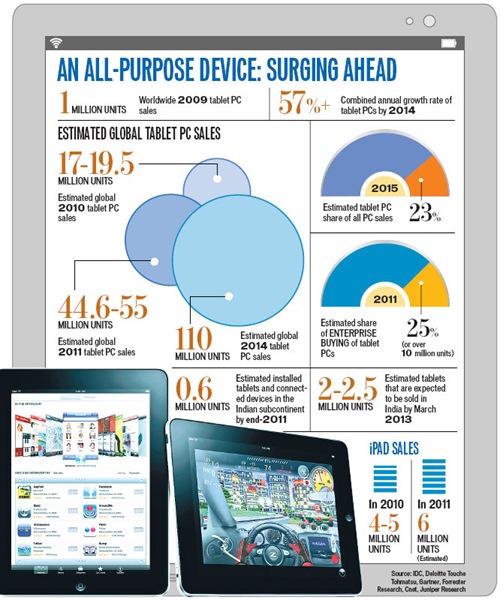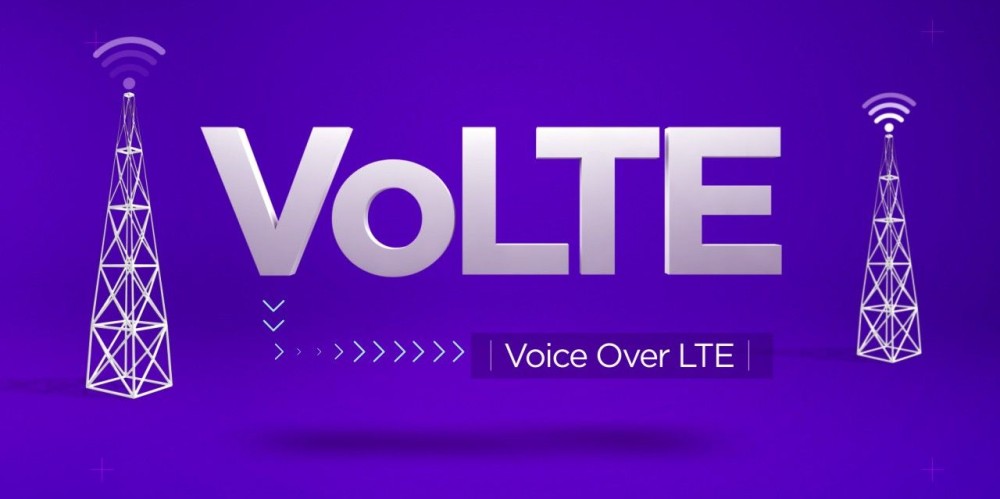There are more than 200 mobile phone brands in India and everybody wants a sliver of the mobile handset pie. If 200 companies compete for the same pie, you know what’s going to happen. Saturation, heavy competition and great innovation which ultimately benefits the customer. India’s mobile handset market is at this stage right now and in addition to innovation they are looking to venture in to new product categories. Tablets is already an important product category in the mobility space.
Thanks to iPad’s success, Android’s availability and China’s proximity, desi companies will catch a drift of the tablet blizzard.
As many as 6 companies have announced their tablets with more waiting in the wings. What should we expect from these desi tablets? There will be subtle differences in the product features and probably few innovative things to go along. Whatever it is, we shouldn’t be expecting miracles or breakthroughs. Let’s leave that part to the west and concentrate on being useful.
Spice Telecom
Spice is sort of pioneer when it comes to mobile space. It is announced its intentions to launch an Android tablet at least six months ago. Now it has come out with a more concrete plans. It will launch three varieties – 7 inch, 9 inch and 10 inch tablets. All of them would probably be powered by Android 2.3 and will be available in July. Spice Mi-700 is a is a7-inch tablet with promising specs.
Bharti Teletech (Beetel)
Bharti’s hardware arm is also planning to launch tablets targeted at smaller cities, which means the price range would be in 10K-20K range.
Karbonn
Karbonn Mobiles, which has shot to limelight with their Karbann Kamaal catch campaign of IPL, has been one of the prominent players in the mobile space. To cash in on the popularity, Karbonn will be launching a tablet with ambient lighting and proximity sensors.
Lava Mobiles
Lava mobiles has tablet plans too. Unlike other companies which have concentrated on the hardware specs, Lava is directing its energies towards the app and the content side. Lava wants to put on localized content and use disruptive marketing to crack the tablet puzzle.
Zinglife
A new entrant, Zinglife is making some news with its tablet launches. ZL101 is a 10 inch tablet powered by Android 2.2. It has a 1 Gigahertz processor and 512 MB RAM. Most notable feature on Zinglife tablet is the presence of RJ45 broadband port. Zinglife also has a 7-inch tablet plans which share the same specs as ZL101 but has a 600 Mhz processor. Zinglife’s ZL101 is one of the promising desi tablets we have seen so far. .
Redd Mobility
Redd mobility is a new entrant too. It has just announced a Dual SIM 3G Android phone. It has also plans to launch a 7-inch Android tablet. Other details are not out yet but given the pace at which the whole tablet thing is going, we can expect a launch in 2011.
What about Micromax?
It’s a little puzzling that Micromax hasn’t yet thrown itself into the ring. Micromax has launched a Android phone and has plans to launch one more. Launching an Android tablet is the only logical step. It might be a matter of when than if. Micromax tablet should be lurking.
Qualcomm is at the center of the whole tablet thing. It is working with various partners to make them use its chips.
Finally
Desi tablet makers have the unique advantage of their success in the mobile phone space. While the same strategy wouldn’t work, it should at least give some insight to what Indians want in their mobile devices. Just like dual SIM phones have caught the global majors off guard, I expect to see a feature of the tablet which will catch the global majors in their skivvies.
Another very important aspect to look at is the content. The apps that go with the tablet one of the deciding factors. It wouldn’t hurt to invest in some ingenuous apps to go along with the tablet.
The final thing is obviously the price. Desi tablets wouldn’t stand a chance in competing with the rich feature set or the app ecosystem of Apple. The best way to deal with is price. If we have a tablet which is priced at Rs. 20099, then we know that it is expensive. Tablets have to break the 20K price barrier without compromising on the specifications.







![Cheapest 4G VoLTE Phones under 7000 [Jan 2017]](https://thegadgetfan.com/wp-content/uploads/2016/12/VoLTEphones-190x122.jpg)
